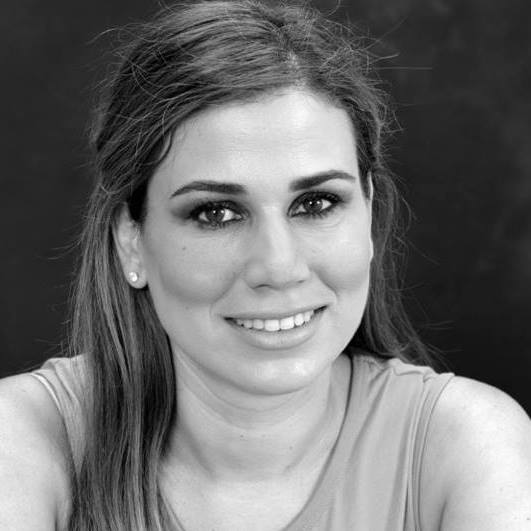Blepharoplasty is the cosmetic surgery which, by intervening on the eye contour area, allows you to restore freshness and brightness to your eyes. You can improve the aesthetics and functionality of the eyelids by removing or remodeling in a personalized way the skin, muscle tissue and excess fat.
Bags under the eyes, swollen, heavy or drooping eyelids contribute to the sad and tired look of your gaze. These are imperfections related to one’s chromosomes, to heredity. They become accentuated with the passing of the years, and which can also interfere with vision, in the case of drooping eyelids, and that lead to a clear and visible “age certificate”. But they are also imperfections that are difficult to fight without resorting to plastic surgery.
In most cases, to eliminate the excess skin localized in the eyelid, the classic cosmetic surgery is used, performed under local anesthesia with partial sedation not free from risks and complications. Our protocols, on the contrary, allow us to perform a non-surgical blepharoplasty. In our treatment the excess skin is removed without the use of a scalpel but with the aid of an innovative machine called Intraject. It uses Plasmawave® technology to eliminate the imperfection of the eyelid.









